

The Municipality has all levels of educational institutions (basic to tertiary) in both the public and private sectors. Table 1.12 below the number of public and private educational institutions in the Municipality.
The above table shows that out of the 430 schools in the Municipality, the public schools constitute 74% while the private schools constitute 26%. It is also important to note that most of the basic schools are widely spread within the Municipality for the universal basic education policy to be achieved.
The tertiary institutions were however concentrated in the Urban areas precisely Akropong, the Municipal capital because of the presence of other complementary facilities. These are:
1. Akrofi-Christaller Institute (University of Applied Theology) at Akropong
2. Presbyterian University College at Akropong
3. Crescent University College at Larteh Junction
4. Presbyterian College of Education at Akropong
There are also three (3) Special Schools in the Municipality which are also located in the major towns. These are:
1. School for the Blind at Akropong
2. Demonstration School for the Deaf at Mampong
3. Secondary Technical Scholl for the Deaf at Mampong
Not all the schools especially the basic schools have the entire needed infrastructure, such as school blocks, furniture as well as teaching and learning materials.
School Enrolment in Public and Private Schools
Tables 1.12 and 1.13 below indicate the trend of enrolment in both Public and Private schools from 2014-2017. It will be realized that enrolment in public pre-school and primary schools have increased over the last four years and this can be attributed to the introduction of some educational support programmes by the Government such as the:
a. Capitation Grant,
b. Ghana School Feeding Programme and
c. Free Uniform and Text Books.
Table 1.13 also indicate that the number of girls enrolled in the public schools at the basic level was lower but quite the opposite at the secondary level. This implies that there is the need for more sensitization on girl child education.
It also records that number of Pupils enrolled in the JHS were of a smaller number considering the number enrolled in the primary schools. This can be attributed to the inadequate number of JHS established because not all the 154 primary schools have JHS attached hence the low JHS enrolment.
Comparing enrolment in the public schools with that of the private schools as indicated in tables 1.13 and 1.14, it can be deduced that enrolment in public schools is far higher than that of the private schools. This is as a result of the inadequate number of private schools, high school fees charged and their being situated mostly in the urban areas of the Municipality.
Table 1.15 above shows the current teacher-pupil ratio in both public and private schools in the Municipality. The number of teachers in the public schools was higher compared to the private.
School performance
Table 1.16 below shows the performance trend of both public and private schools in the Municipality for the past four years. In 2014, 74.09% of the candidates passed the BECE. It decreased to 71.0% in 2015 but it increased to 73.5% in 2016. That of 2017 is yet to be received. Issues such as inadequate teaching and learning materials, inadequate accommodation for teachers in the rural areas, absenteeism of some teachers and inadequate parental control over their children have contributed to the low school performance. However, due to some strict measures put in place by the Municipal Education Directorate, e.g. increased monitoring and supervision, capacity building for PTAs, performance has improved over the planned period as indicated above.
Date Created : 2/12/2020 5:33:44 AM
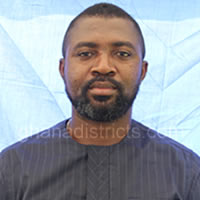



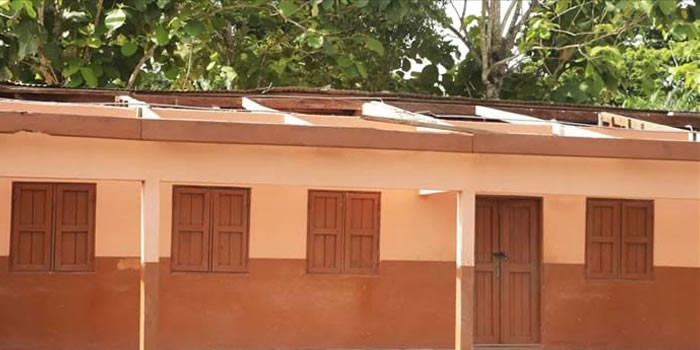

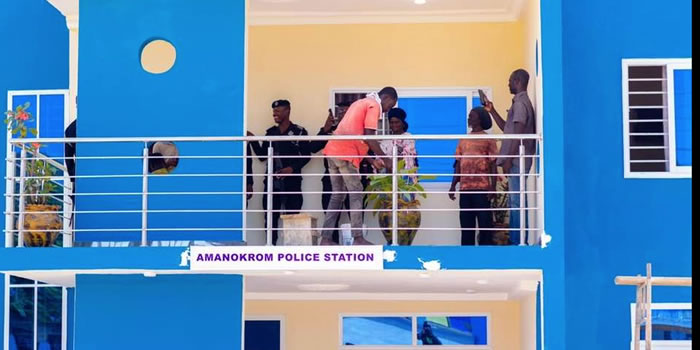
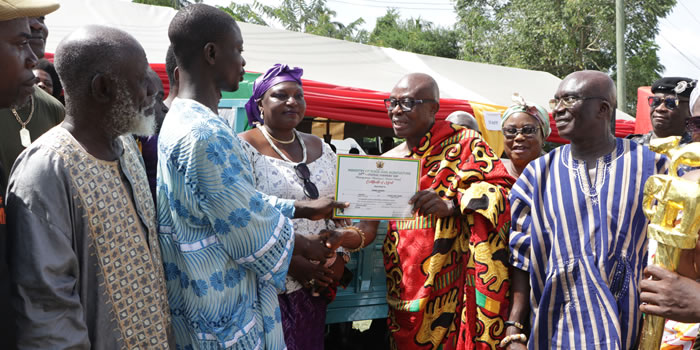
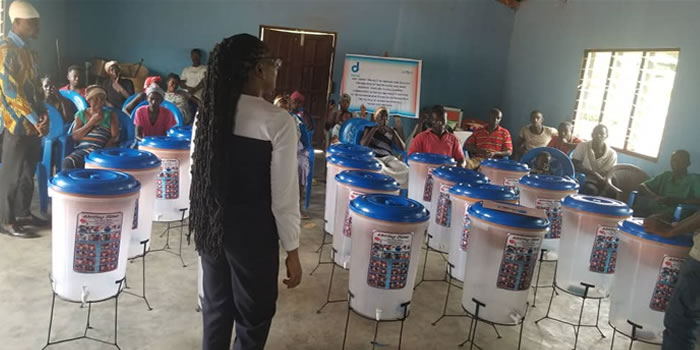
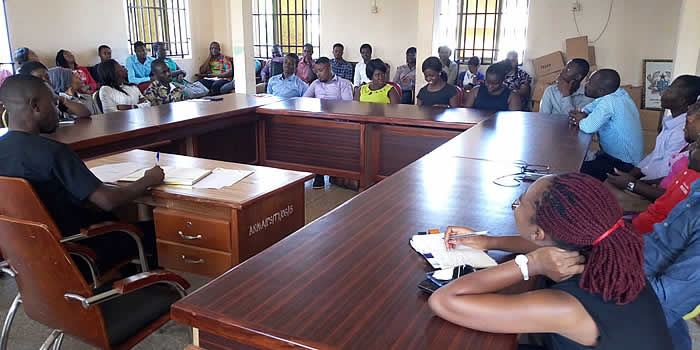


 facebook
facebook
 twitter
twitter
 Youtube
Youtube
 +233 593 831 280
+233 593 831 280 0800 430 430
0800 430 430 GPS: GE-231-4383
GPS: GE-231-4383 info@ghanadistricts.com
info@ghanadistricts.com Box GP1044, Accra, Ghana
Box GP1044, Accra, Ghana